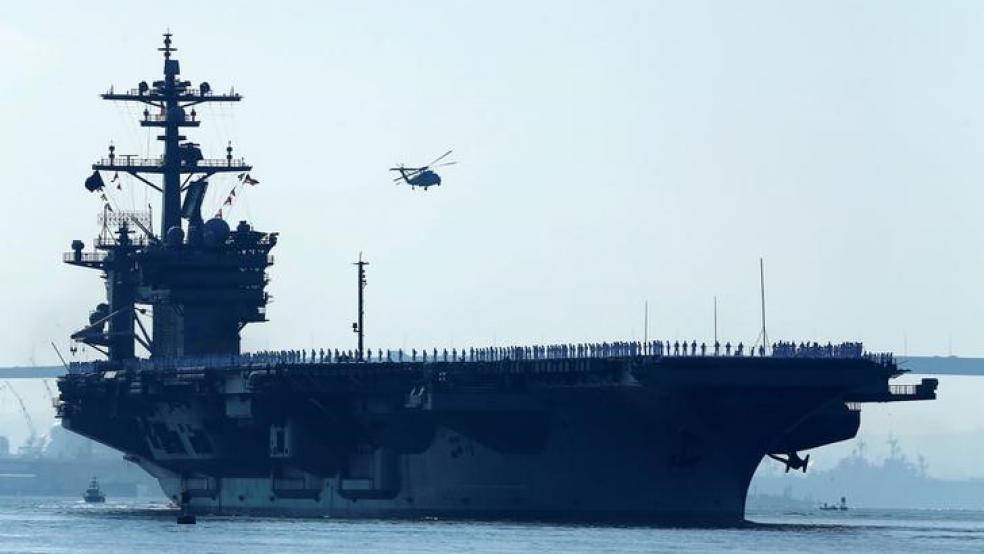The Navy spends at least $18 billion a year building ships, but a portion of that money goes to fixing deficiencies after delivery even after the vessels are declared operational, according to a new assessment by the General Accounting Office.
Related: The Navy’s Argument for Building Another $500 Million Combat Ship Doesn’t Hold Water
The GAO looked at six different ships commissioned since 2012 at the cost of $6.3 billion: a submarine, a destroyer, a warship, an amphibious transport dock and two Littoral Combat Ship – one of the Austal-built Independence variant and one of the Marinette Marine-built Freedom variant.
It found that they were delivered “with varying degrees of incomplete work and quality problems.”
“Although the Navy resolved many of the defects by the end of the post-delivery period…quality problems persisted, and work was incomplete when the selected ships were turned over to the operational fleet,” the GAO report said.
The GAO’s findings may give some members of Congress pause as the Trump Administration and the Navy rush toward the goal of a 350- or 355-ship fleet. They might not be the only ones rethinking the sprint to the biggest navy on the high seas.
Related: Trump Wants a Much Bigger Navy: Here’s How Much It’ll Cost
In testimony at his Tuesday confirmation hearing before the Senate Armed Services Committee, Navy Secretary-nominee Richard Spencer seemed to downplay the notion of a 355-ship Navy and instead emphasized “capabilities” – the power and punch of the weapons on board.
Spencer said, according to the website Breaking Defense, that a power-packed 300-ship fleet might be as formidable as a 355-ship Navy. While Defense News quoted Spencer as saying, “The 355 is a good number for people to focus on,” he also suggested that “since we're talking out a decade, we might not know [the correct number]… because we have evolving technologies.”
In the conclusion of its report, the GAO noted that even in constructing the lead ships in its new class of aircraft carriers and guided-missile destroyers, the $12.9 billion USS Gerald R. Ford and the more than $4 billion USS Zumwalt, respectively, the Navy has “made liberal use of the various exceptions” to its approval process, “allowing these ships to be delivered in a substantially incomplete state, placing the fleet at even greater risk of absorbing excessive costs and having to face unknowns about ship quality.”
The Ford is scheduled to be commissioned on July 22.





